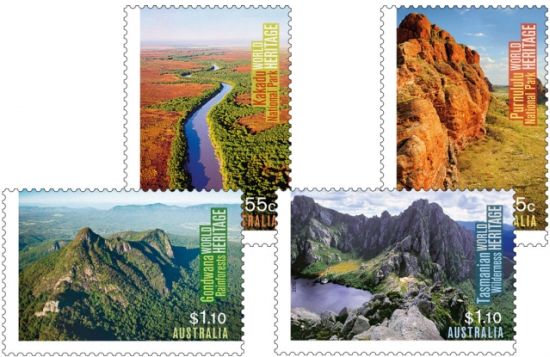Great Britain is a small island, no more that 600 miles on its longest north/south axis from John O’Groats in Scotland to Lands End in Cornwall. Yet it has the most diverse geology, layer after layer of it laid down over the millennia. In other countries one might travel for 200 miles or even much more before the scenery changes in any way. Here 20 miles will do it, and the most obvious sign is what the old houses are built of. In Dorset where I live the cottages were built in chalk clunch or a mixture of flint and brick. 15 miles to the north and over the border in Somerset, the traditional building material is Hamstone. Travel another 15-20 miles and the houses are built in Blue Lias. It follows that there is a huge variety of soils with their accompanying flora and fauna, an abundant and joyful cornucopia of life. Or there was. Last month the Royal Society for the Protection of Birds (RSPB) published a report, State of Nature. 25 British organisations, dedicated to the study, conservation and preservation of all forms of life found here, pooled their information and expertise to produce this report on how nature is faring in this busy world of men. It makes grim reading. 60% of species, from the smallest insect or humble lichen to the large mammals and birds of prey, are in decline, some seriously so. 60%. And I feel impoverished.
Source: Global Research, 20 June 2013
http://www.globalresearch.ca/unnatural-england-the-destruction-of-flora…

- Login om te reageren
